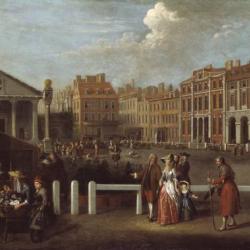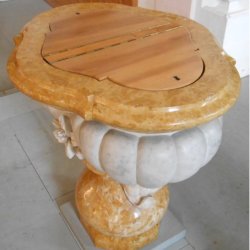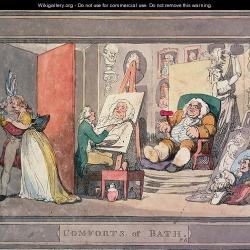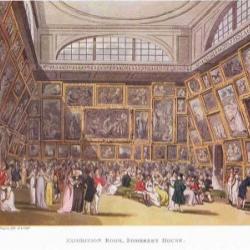
Coffeehouses
COWAN Brian
Coffeehouses were key centres of sociability in eighteenth-century Britain. They played an important role both as real spaces for social interaction and as virtual places in which normative ideals of urban and polite sociability were imagined.

Covent Garden
BOORMAN Francis
Covent Garden lay at the heart of the eighteenth-century metropolis, beside the major route between the Court and aristocratic Westminster to the west and the commercial City of London to the east.
![Stothard, Thomas, ['The Remise Door'], A Sentimental Journey Through France and Italy by Mr. Yorick. New Edition. Adorned with Plates (London: West and Hughes, 1801) https://books.google.de/books?id=r-A4AQAAMAAJ&printsec=frontcover&dq=Sterne+sentimental+journey+stothart&hl=de&newbks=1&newbks_redir=0&sa=X&redir_esc=y&pli=1#v=onepage&q=Sterne%20sentimental%20journey%20stothart&f=false. Hôtel d'Angleterre](/sites/default/files/styles/notice_teaser/public/notices/H%C3%B4tel%20d%27Angleterre_recadr%C3%A9e2.jpg?h=37f43752&itok=aogqyPWv)
Hôtel d'Angleterre at Calais (The)
SCHMID Susanne
The Hôtel d'Angleterre at Calais with its proprietor Monsieur Dessein, which appears at the beginning of Laurence Sterne's Sentimental Journey (1768), is by no means a fictitious space but was a well-known institution, popular among English travellers to the continent, who praised the quality of accommodation, architecture, and service.

Parish churches
KÜMIN Beat
Parish churches have provided key places of sociability from the Middle Ages to the present. Particularly in premodern times, when attendance was expected if not mandatory, they accommodated members of both sexes, different age groups and representatives of poorer as well as more prosperous inhabitants.

Portraitists' studios
MESPLÈDE Sophie
As British portrait painters’ working spaces evolved from craftsmen’s workshops into painting rooms supplemented with exhibition rooms and fitted out to accommodate Society patrons, they became places of intense sociability.

Royal Academy of Arts
MARTICHOU Elisabeth
The Royal Academy of Arts, founded in 1768, was an example of restricted professional and cultural sociability. The statutes limited the number of members and imposed rules of good behavior to ensure that politeness prevailed within the institution.